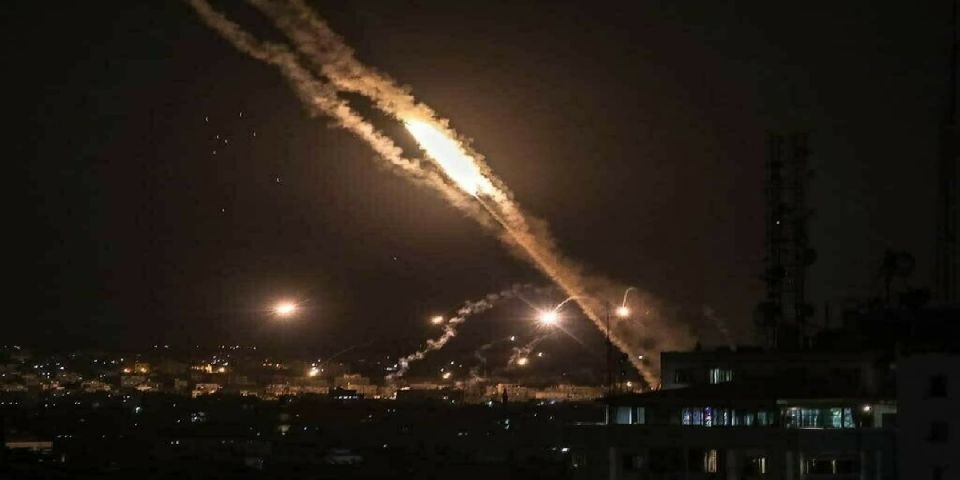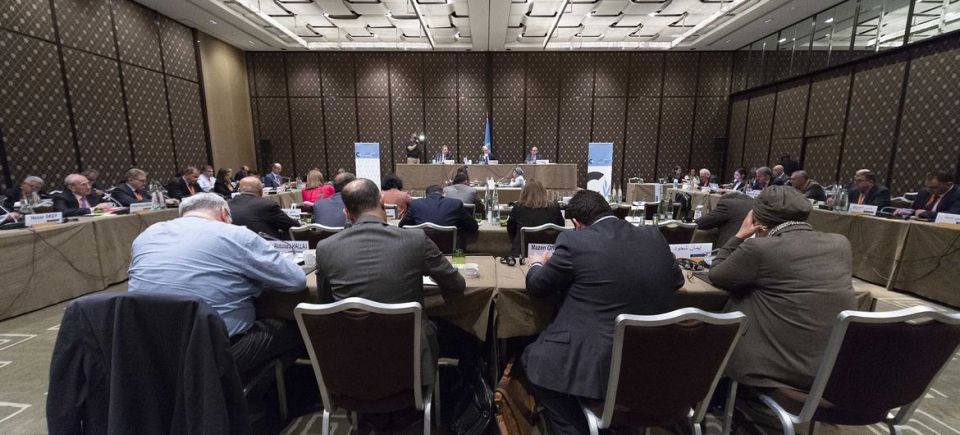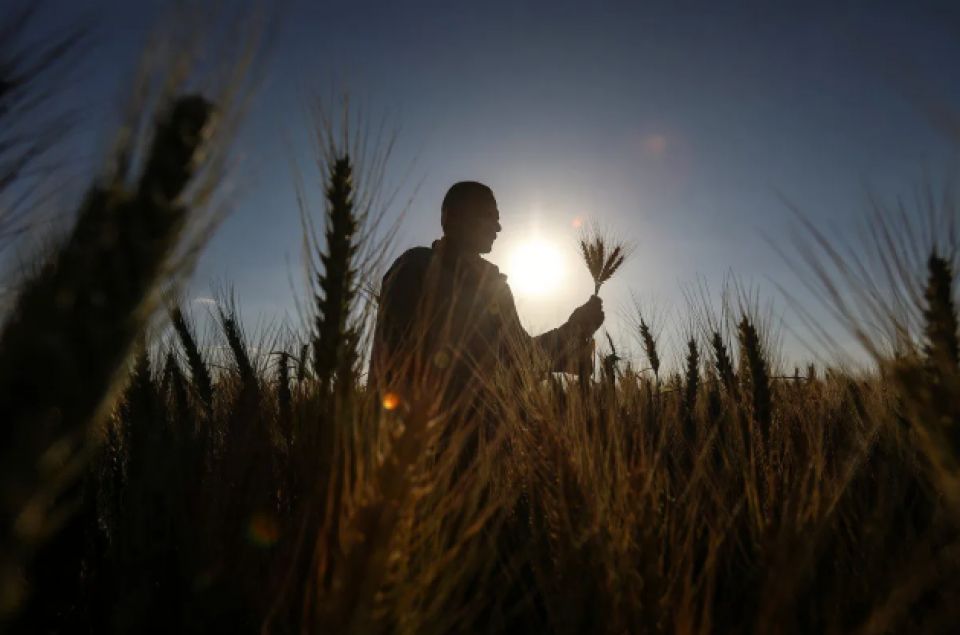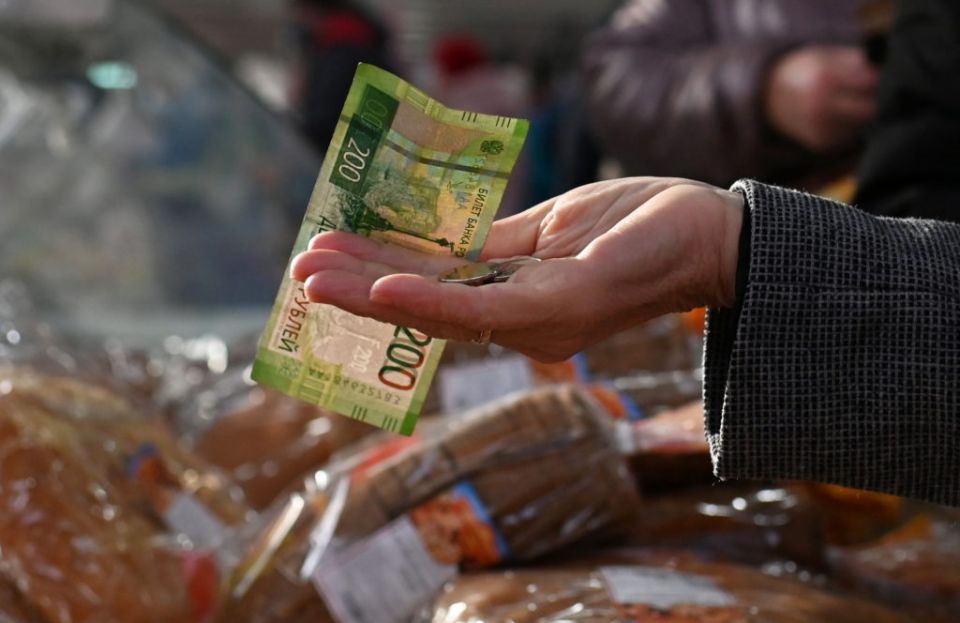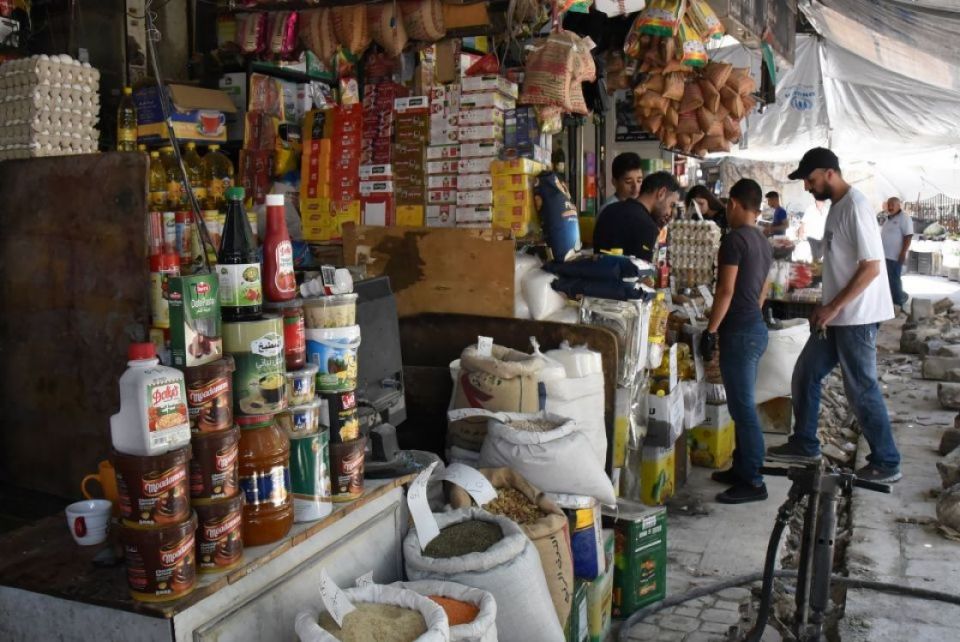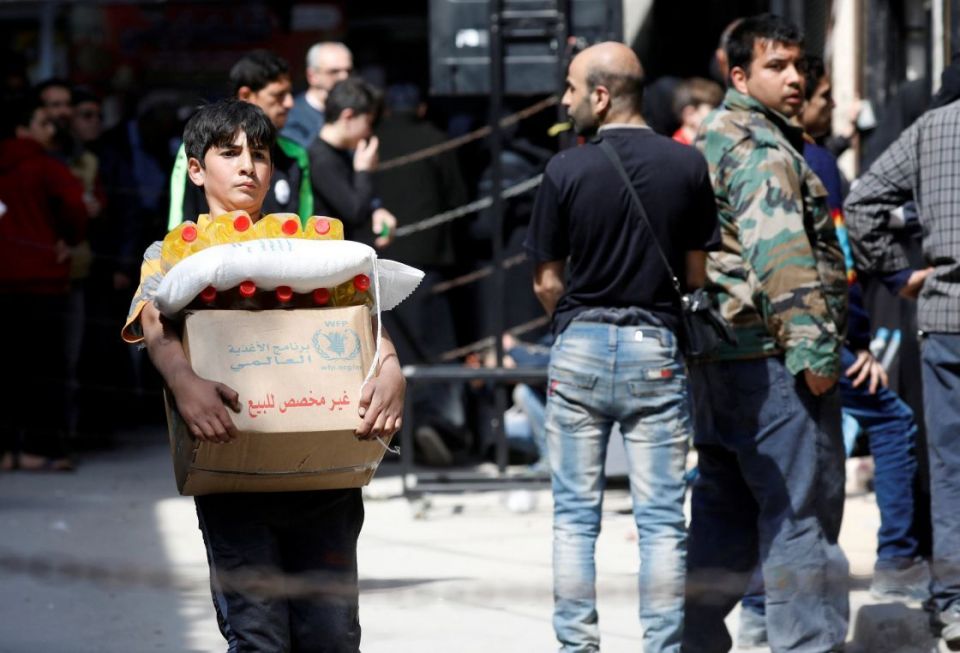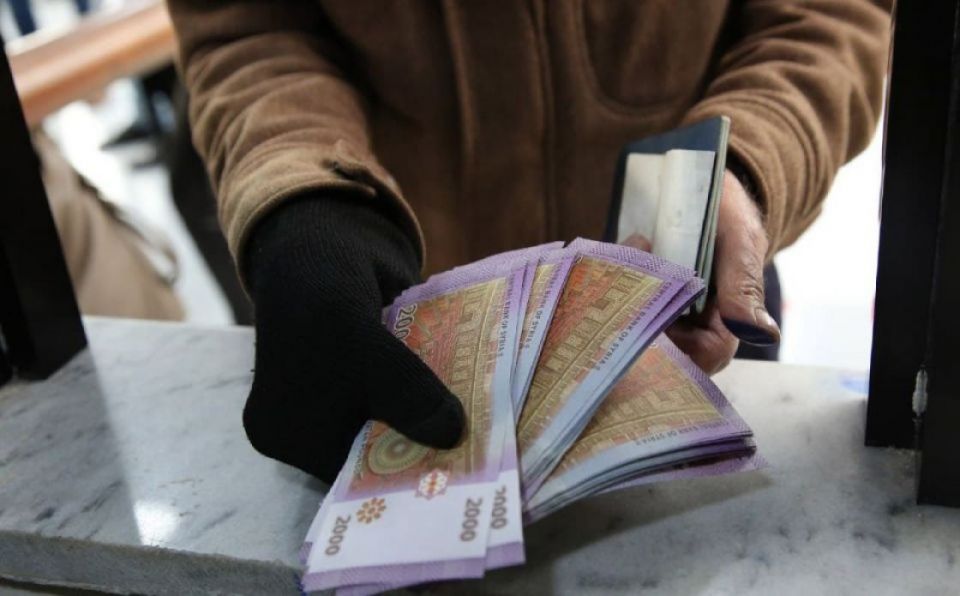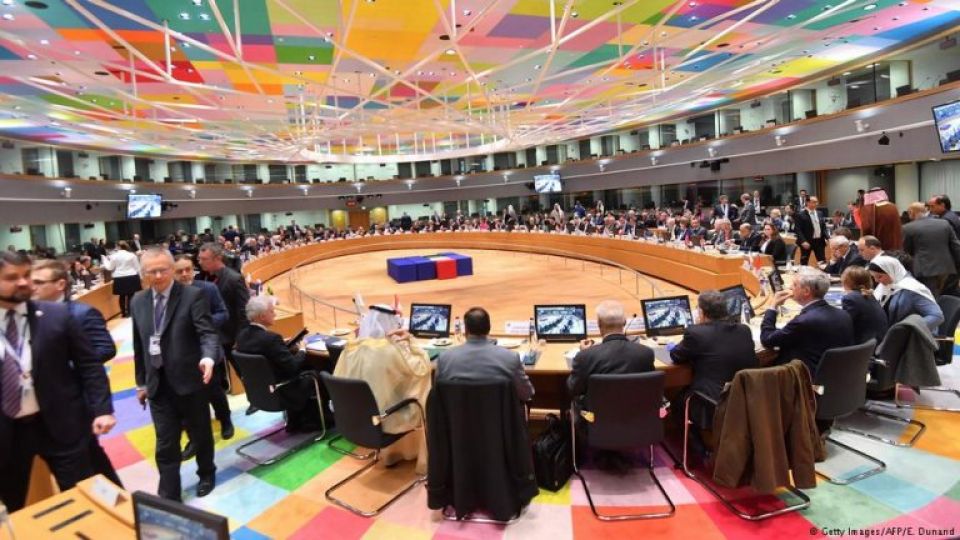If we take a general look at the changes in exchange rate of the Russian ruble prior to February 24, 2022 and until today, that is, from the eve of the launch of the military operation in Ukraine, we will see that although the ruble’s value significantly deteriorated during the first weeks, reaching half the value it had against both the euro and the dollar, it quickly regained not only all the value it had lost, but an additional value even better than it was before February 24. On February 23, the dollar and euro were worth 79 and 92 rubles, respectively; today, May 22, they are at 62 and 65.5 rubles, respectively. The same applies to the ruble’s position against all other currencies globally, to the extent that Bloomberg, whose whims and affiliations are known, described the ruble as the strongest global currency for 2022.



